Analog vs ITB Mixing: Which Method is Best for Your Music?
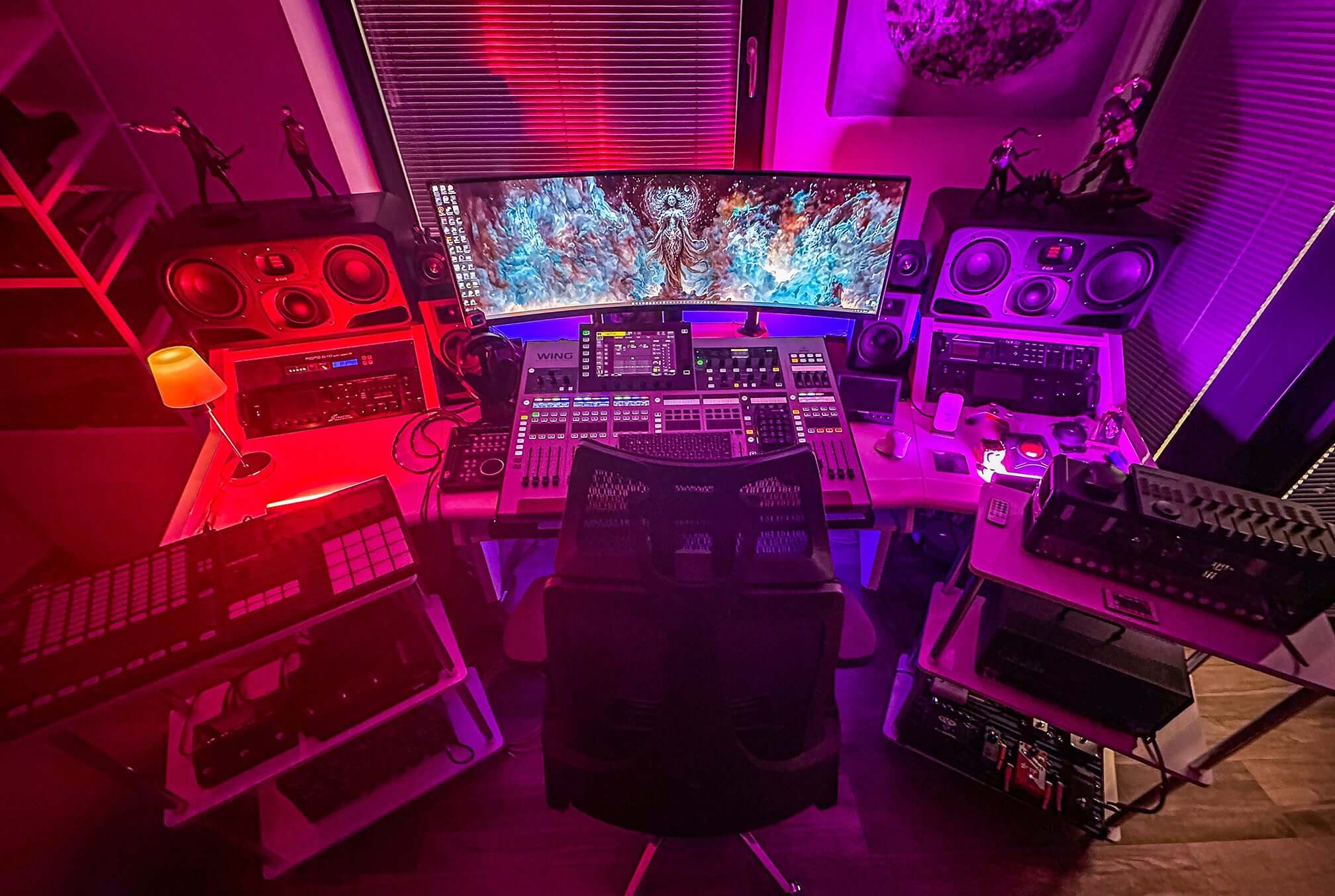
Mixing music is both an art and a science, blending technical skills with creativity to produce a polished and engaging final product. Over the past few decades, two primary approaches to mixing have emerged: analog and ITB (in the box). Each approach has its own set of advantages and disadvantages, and the right choice for your production can depend on several factors, including your budget, studio space, and personal preferences.
What is Analog Mixing?
Analog mixing involves using physical hardware such as mixing consoles, equalizers, compressors, and other outboard gear. These devices manipulate the audio signal in its physical form, which many sound engineers and musicians believe to be more authentic and natural.
Advantages of Analog Mixing:
-
Sound Quality: Many experts believe that analog gear provides a warmer and richer sound that is difficult to replicate digitally. Analog components, such as transformers and tubes, add specific harmonic distortion that can be more pleasing to the ear. This "analog warmth" is highly sought after in various genres, from rock to jazz to electronic music.
-
Tactile Control: Working with physical controls provides a different type of feedback and can be more intuitive. Many engineers appreciate the ability to physically manipulate the mix, which can enhance the creative process. The tactile experience of turning knobs and sliding faders can lead to a more immersive and engaging mixing session.
-
Experimental Possibilities: Analog equipment often offers unique ways to manipulate sound, leading to distinctive and creative results. For example, tape saturation and analog distortion can add character and depth to a mix that is hard to achieve with digital tools.
- Sonic Character: Each piece of analog equipment has its own unique sonic character, which can add depth and personality to your recordings. This variability can be both a challenge and an opportunity, as it encourages the engineer to develop a keen ear for how different devices affect the sound.
Disadvantages of Analog Mixing:
-
Cost: Quality analog equipment can be very expensive and requires regular maintenance. High-end mixing consoles, compressors, and equalizers can cost thousands of dollars, and maintaining this equipment in top condition can also be costly.
-
Space Requirements: Analog gear takes up physical space, which can be a problem in smaller studios. A full analog setup might require a dedicated room or significant floor space, which may not be feasible for home studios or smaller professional setups.
-
Flexibility: Reproducing a mix can be challenging, as every setting must be manually recreated. This can make revisions time-consuming and potentially inconsistent. Analog setups lack the recallability of digital systems, meaning that every adjustment must be documented meticulously to recreate a mix accurately.
- Maintenance and Reliability: Analog equipment can be prone to wear and tear, requiring regular servicing and repairs. Components like tubes and faders can degrade over time, affecting the sound quality and functionality of the gear.
What is ITB Mixing?
ITB mixing involves working with digital audio software and plugins inside a computer. This approach uses DAW (Digital Audio Workstation) software and offers a wide range of virtual tools and effects.
Advantages of ITB Mixing:
-
Accessibility and Cost: Digital mixing is often cheaper since it does not require the purchase of expensive physical gear. Modern DAW software and plugins can offer a vast array of options at relatively low costs. Additionally, software updates and upgrades are generally more affordable than maintaining analog hardware.
-
Flexibility and Recallability: ITB mixes can be easily saved and reopened without the need to manually reset any settings. This makes revisions and repeat mixes much easier, allowing for a more efficient workflow. The ability to instantly recall and adjust previous mixes is invaluable for projects that require frequent revisions or client feedback.
-
Space and Convenience: Digital mixing takes up no physical space, making it ideal for smaller studios or mobile production setups. All you need is a computer and a pair of headphones or studio monitors, making it easier to work in any environment.
-
Automation and Precision: DAW software allows for very precise automation and editing, leading to more detailed and consistent mixes. Automated volume rides, precise EQ adjustments, and complex effects chains can be implemented with ease, giving engineers more control over the final sound.
- Wide Range of Tools: The variety of available plugins and virtual instruments in the digital domain is vast. From emulations of classic analog gear to innovative digital-only effects, ITB mixing provides endless creative possibilities. Additionally, many plugins offer features not possible with analog gear, such as spectral editing and advanced modulation options.
Disadvantages of ITB Mixing:
-
Sound Quality: While modern plugins have reached high levels of quality, some experts still believe they do not match the sound quality of high-end analog equipment. The debate over whether digital can truly replicate the warmth and depth of analog continues, with many engineers preferring the subtle nuances of analog gear.
-
Overload of Options: With so many available tools and effects, it can be easy to get lost in the process and lose focus on the music itself. The abundance of choices can lead to option paralysis, where the sheer number of possibilities becomes overwhelming.
-
Learning Curve: Mastering a DAW and understanding the intricacies of various plugins can take time and effort. For those new to digital mixing, the initial learning curve can be steep, requiring significant time investment to become proficient.
- Computer Dependence: ITB mixing relies heavily on computer performance. Issues such as CPU overload, software crashes, and latency can disrupt the mixing process. Ensuring a stable and powerful computing setup is essential for a smooth ITB workflow.
Which is Right for You?
Choosing between analog and ITB mixing depends on many factors, including budget, space, personal preferences, and the specific needs of the project. Some studios combine both approaches, leveraging the strengths of analog gear for certain critical processes and ITB for flexibility and convenience.
For those seeking a warmer, richer sound and who have the means to invest in analog equipment, analog mixing may be the right choice. The tactile experience, sonic character, and unique processing options of analog gear can bring a special quality to your mixes. However, it's important to consider the costs, space requirements, and maintenance involved in maintaining an analog setup.
On the other hand, ITB mixing offers incredible flexibility, accessibility, and convenience, making it ideal for modern, mobile, and independent music productions. The ability to save and recall mixes, automate complex processes, and access a wide range of tools within a single environment is a significant advantage. For those working in smaller spaces or on tighter budgets, ITB mixing can provide professional-quality results without the need for extensive hardware.
Hybrid Approach: The Best of Both Worlds
Many contemporary studios adopt a hybrid approach, combining the best of both analog and digital worlds. For example, tracking and initial processing might be done through analog gear to capture the desired warmth and character, while final mixing and automation are handled ITB for precision and flexibility. This approach allows engineers to benefit from the unique qualities of both methods, tailoring their workflow to the needs of each project.
Conclusion
In conclusion, each approach has its place in the world of music, and sometimes the best solution is a combination of both. Experiment with different techniques and find the one that best suits your needs and musical style. Whether you lean towards the tactile satisfaction of analog gear or the convenience and versatility of digital tools, the ultimate goal is to create the best possible mix for your music.
For those seeking professional mixing and mastering services, visit Develop Device's Mixing and Mastering Services. Achieve the perfect balance and clarity in your music with expert assistance tailored to your unique sound.
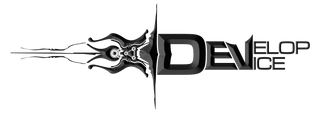















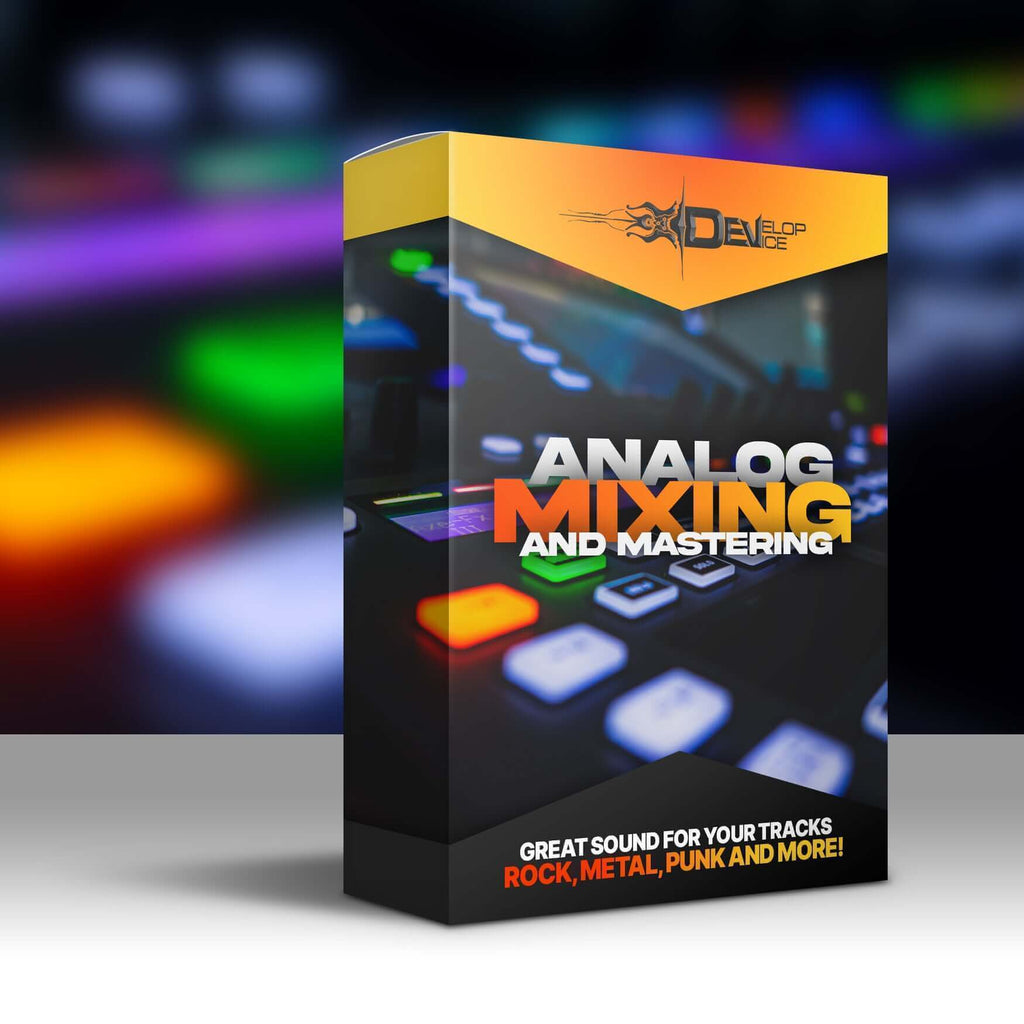
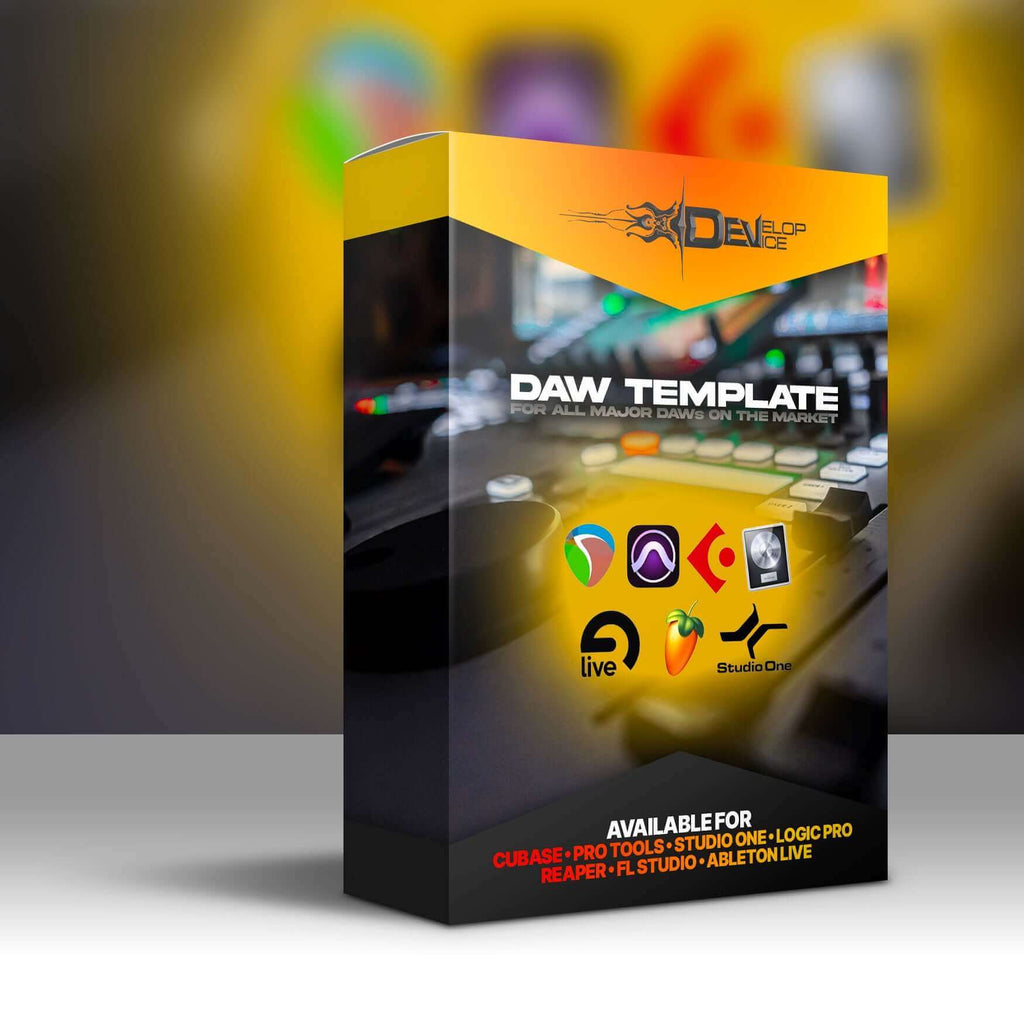

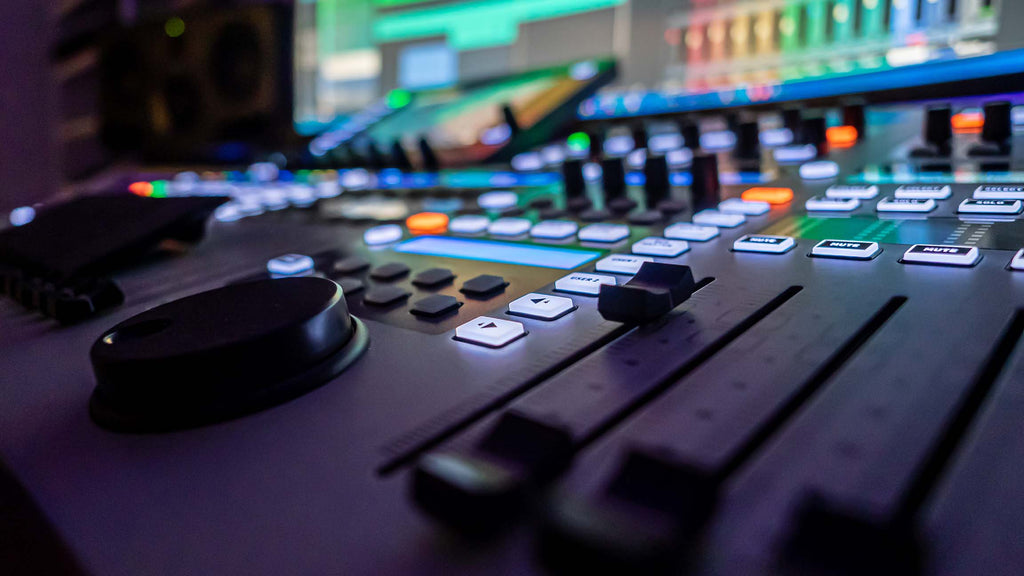
Leave a comment
All comments are moderated before being published.